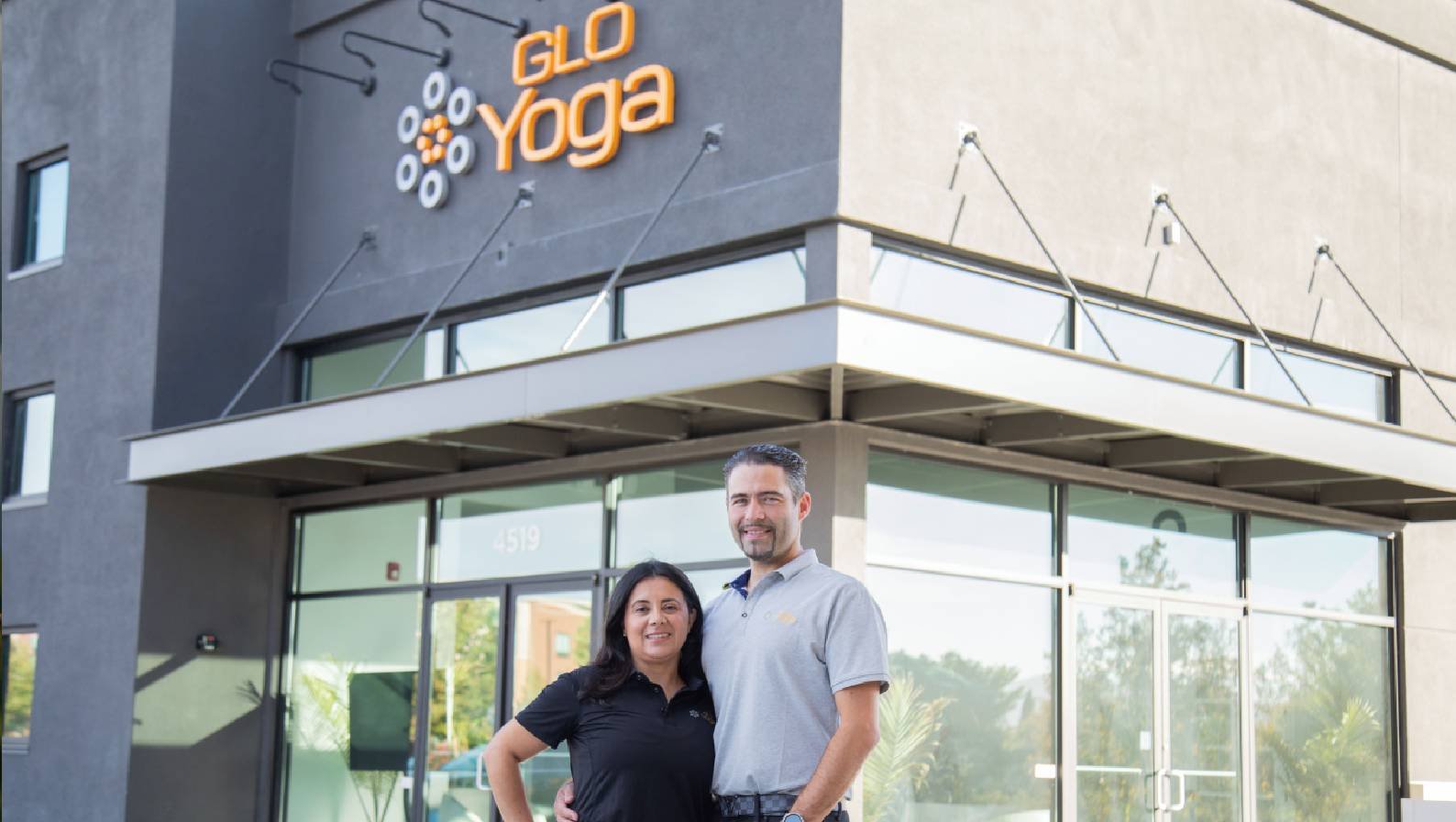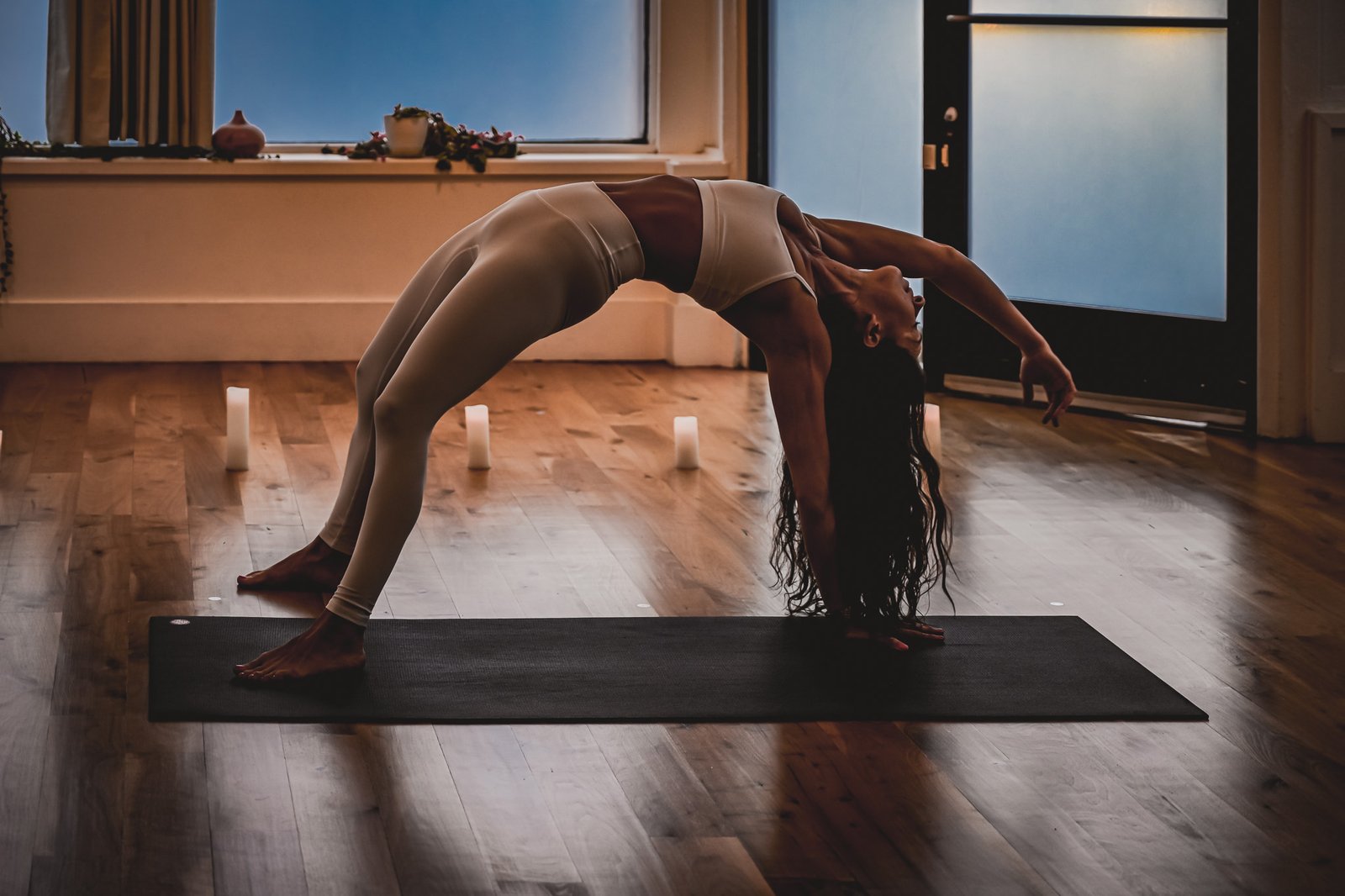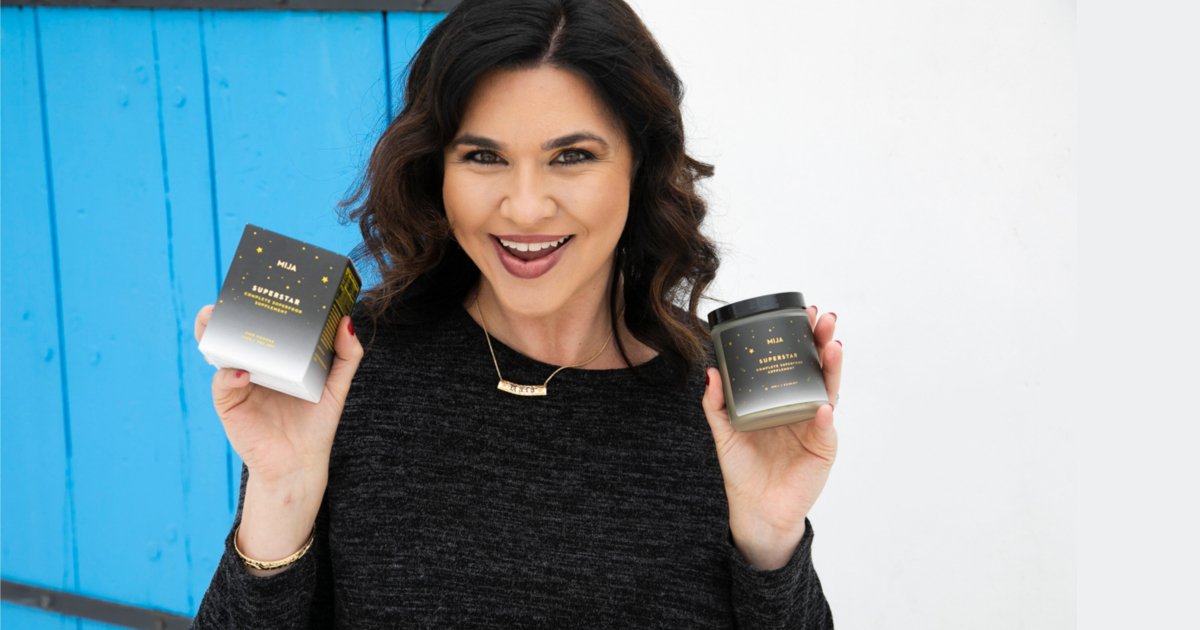Introduction
While most fitness programs focus on aesthetics or performance, Dr. Kenji Iwata has a different goal: longevity. A kinesiologist and aging researcher at Kyoto Institute for Active Health, Dr. Iwata has spent two decades studying populations with the longest lifespans. His findings? Movement—not just exercise—is the key to staying youthful, mobile, and disease-free well into your 90s.
Dr. Iwata’s Longevity Movement Protocol blends gentle strength training, mobility drills, and balance exercises into a 30-minute daily regimen designed to reverse biological aging. The method is already being used in eldercare programs across Japan—and is now gaining attention in the West.
The Science of Aging in Motion
“Aging isn’t just about years—it’s about how you move through them,” says Dr. Iwata. His research shows that consistent, low-impact movement preserves joint integrity, improves vascular health, and boosts brain function. The protocol emphasizes ankle strength, spinal mobility, and proprioception—skills rarely trained in typical gym settings.
Results Without Burnout
Elderly patients in Iwata’s studies reported improved grip strength, reduced falls, and increased independence. “We’re not trying to build athletes,” he says. “We’re preserving human dignity through motion.”
From Japan to the World
With partnerships in Europe and the U.S., Dr. Iwata’s method may soon reshape aging care globally. “Longevity starts in the joints,” he explains. “And it’s never too early—or too late—to move like your future depends on it.”








